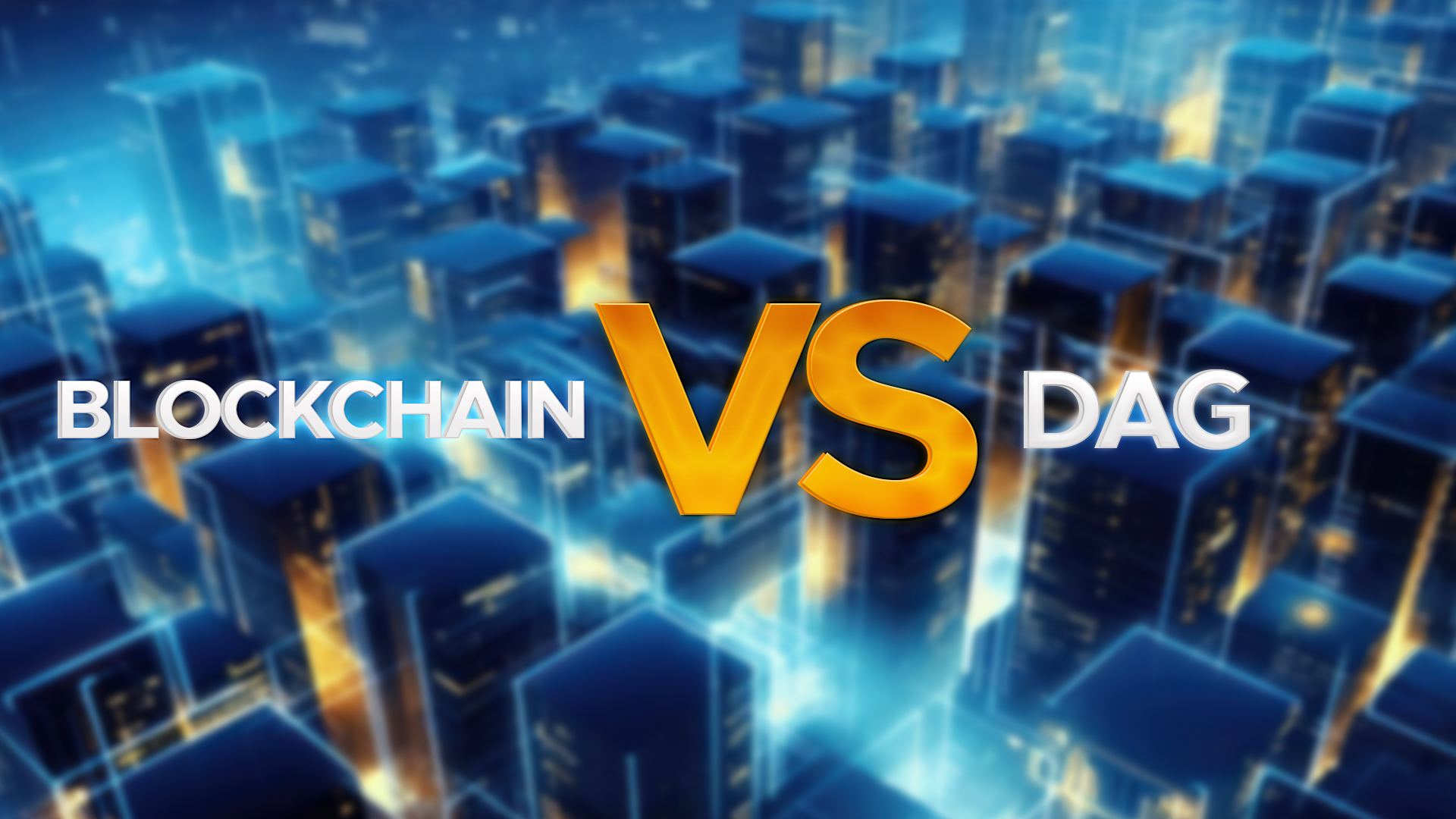

Directed Acyclic Graphs (DAG) are a type of graph in which nodes are directional to each other but don’t form a directional closed loop. These structures are useful in determining basic block structures and the relationships between them.
In other words, these graphs are generally used to depict the dependencies between data. Properties of DAGs are used in various fields of computer science, natural language processing, machine learning, and data processing and analysis.
Graphs are made of nodes and edges. Nodes represent pieces of information or data, while edges represent the direction and the relationship between nodes. Apart from these, there are two more types of nodes known as root nodes and leaf nodes, respectively. The structure of these graphs resembles the blockchain network.
Let’s understand through an example!
DAGs are commonly said to be “directed graphs with no directed cycles.” This property of the graph is used in data processing. DAG is used to represent the network of data processing elements. In data processing, there are multiple paths and different flows. All these data nodes can be easily represented using DAG.
Here, the flow of data is represented by directed edges, while nodes represent the data.
At the basic level, DAG seems like a graph that is used to represent the data. However, the application of DAG is wider; it also acts as a ledger system like blockchain. DAG concepts can also store, record, and share data. But both techniques differ in structure.
Blockchain stores information in the form of blocks that are interconnected with each other. The interconnectivity of the blocks makes them immutable and harder to hack. The entire blockchain network consists of nodes that are interconnected with each other.
On the other hand, the DAG network supports individual transactions that are linked to each other. The DAG network is interconnected in a branch-like manner. Not in a linear way, as with blockchain. For validation purposes, DAGs depend on each other. Here, no additional miners or validators are required.
The DAG network doesn’t need miners or validators. This significantly reduces gas charges and is best suited for high-volume transactions. It is a faster, more efficient, and more scalable alternative to blockchain. DAG’s minimal requirements and fast transactions make it considered a blockchain rivalry.
DAG has both pros and cons. There are certain drawbacks to DAG as well, such as its centralized and independent transactions, which make it vulnerable to attacks. Additionally, DAG isn’t as popular as blockchain.
Both DAG and the blockchain have their pros and cons. Saying which one is going to lead the future is complicated. Blockchain popularity and market evaluation are unmatchable.
Token airdrops have historically introduced investors to new blockchain projects. However, many distributions fail to…
Airdrops have traditionally been used to introduce new investors to blockchain projects, but their effectiveness…
The approval of Bitcoin ETFs was one of the most anticipated events in crypto history,…
The blockchain space continues to evolve, with projects pushing security, scalability, and user engagement to…
As the cryptocurrency market recovers from recent volatility, several projects emerge as strong contenders for…
The cryptocurrency market is showing strong bullish signals, with many altcoins poised for significant gains.…
This website uses cookies.